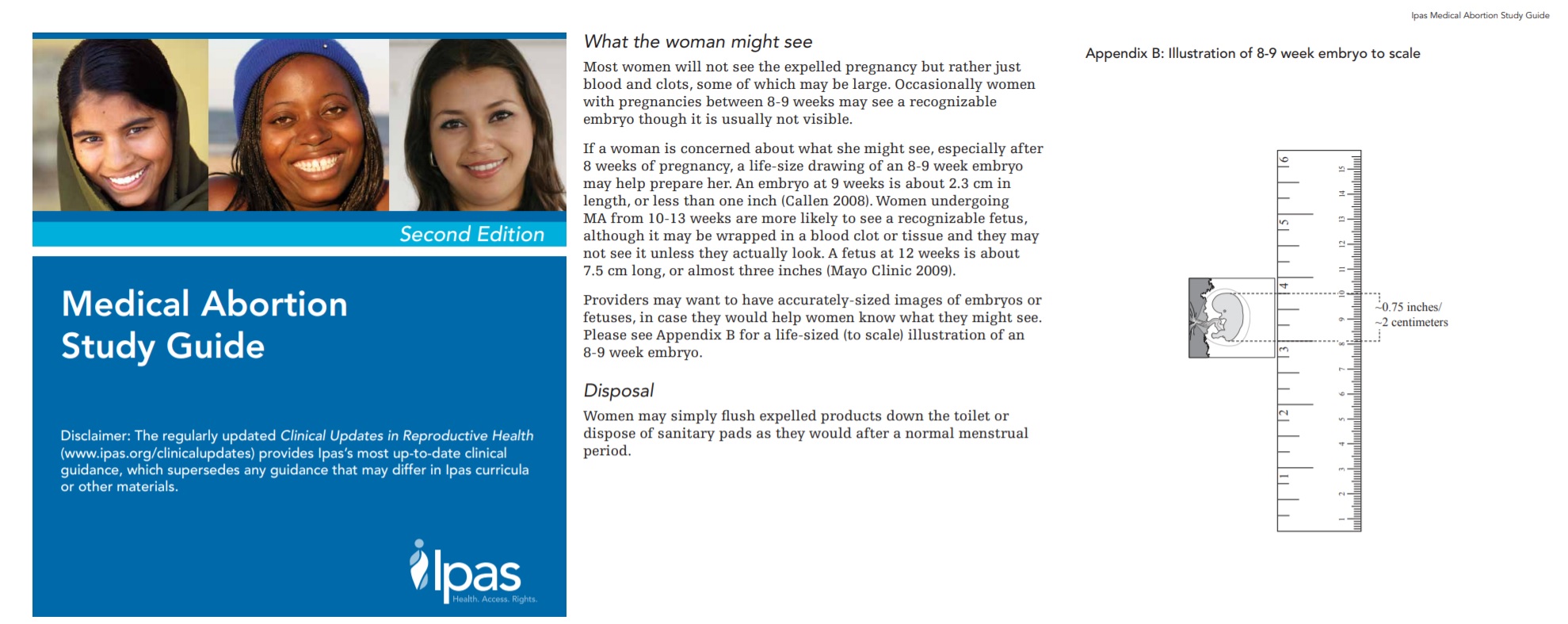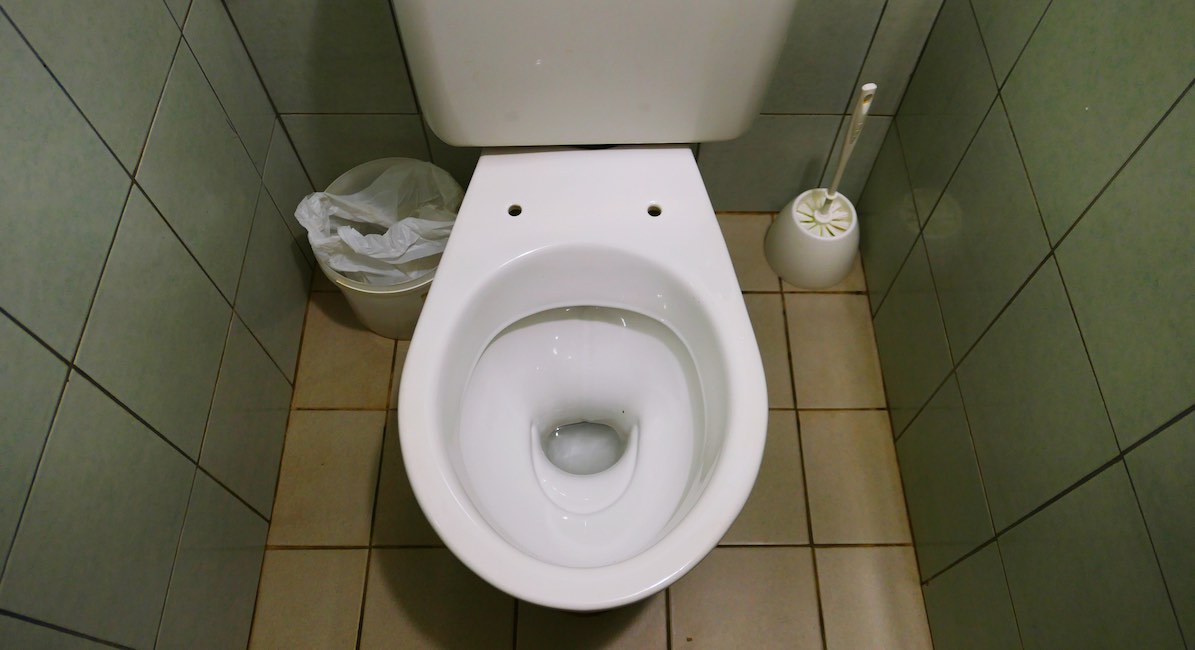National pro-life organization Students for Life of America (SFLA) is calling on the U.S. Food and Drug Administration (FDA) to examine the potential environmental impact of the abortion pill – specifically, how human remains flushed into America’s waterways might impact public health.
In a letter to the FDA, SFLA states in part, “When you consider that the Environmental Protection Agency recommends against flushing tampons to preserve the environment and water safety, how much more significant is disposing of human remains through the waste water systems across America?”
When surgical abortions are committed, the human remains are typically hauled away as medical waste by companies like Stericycle to be incinerated. But the overwhelming use of the abortion pill in women’s homes is changing everything.
According to the Guttmacher Institute, a former “special affiliate” of Planned Parenthood, approximately 40% of abortions are committed using the abortion pill regimen, the drug combination of mifepristone and misoprostol.
Dr. Donna Harrison, Executive Director of the American Association of Pro-life Obstetricians and Gynecologists (AAPLOG), noted that it might not be solely humans who are adversely affected by the abortion pill’s environmental impact, because “Mifeprex caused abortions in all mammals tested.” Harris also noted, “Mifeprex and its metabolites do not quickly break down in the environment. This is a real concern that has never been adequately addressed.”
Under the National Environmental Policy Act of 1969 (NEPA), the FDA is required “to consider the environmental impacts of approving drug and biologics applications as an integral part of its regulatory process….”
SFLA’s letter notes that the only environmental impact studied during the abortion pill’s approval process “focused on the impact of packaging for the drugs, rather than on the impact of human remains in our waste water system and ground water. Today, with so many lives ending by such with chemical abortion pills, it’s vital to reopen an inquiry into the environmental impact on our water and land as so many human beings are being flushed away.”
READ: 5 reasons why women should avoid taking the abortion pill
Today, because of “self-managed abortions” taking place by pill in women’s homes, it is not the impact of packaging disposal that is of greatest concern, but the likelihood that identifiable fetal remains (warning: graphic images) will be flushed into public water systems. The abortion industry is admittedly distributing the abortion pill past the FDA-approved gestational limit of 70 days/10 weeks. In violation of the FDA’s safety system (REMS), the National Abortion Federation’s 2020 clinical guide approves use of the abortion pill “after the first trimester,” even if the baby is estimated to be “more than 14 weeks from LMP.” Under a “No-Test abortion protocol,” the gestational age of the baby will not be determined clinically, but based on the abortion client’s best guess.
Women, therefore, might be ingesting the abortion pill at even later gestational ages and flushing recognizable human remains.
It is so likely, in fact, that some abortion providers are telling women of this possibility. International abortion pill expansion advocate IPAS has a medication abortion study guide which suggests, “Women may simply flush expelled products down the toilet… Women undergoing [chemical abortion] from 10-13 weeks are more likely to see a recognizable fetus, although it may be wrapped in a blood clot or tissue and they may not see it unless they actually look.”

IPAS medication abortion fetal remains disposal
SFLA President Kristin Hawkins noted that the responsibility for the disposal of aborted children should lie squarely on the abortion industry, not on women. Hawkins wrote in a Washington Times op-ed, “When it comes to pathological waste… the one who is in charge of the process that created the waste is responsible for the handling of the human remains. For example, a person whose limb is amputated isn’t given the job of disposing of it. That task stays with the medical professionals whose actions lead to the pathological waste. Why is that not the case with the abortion industry?”
With 40% of all abortions now committed by the abortion pill, those remains could have a dangerous impact on public health. A review of these concerns by the FDA is long overdue.
Editor’s Note: Visit AbortionPillRescue.com for information on how to potentially reverse the abortion pill process after it has begun.
“Like” Live Action News on Facebook for more pro-life news and commentary!







